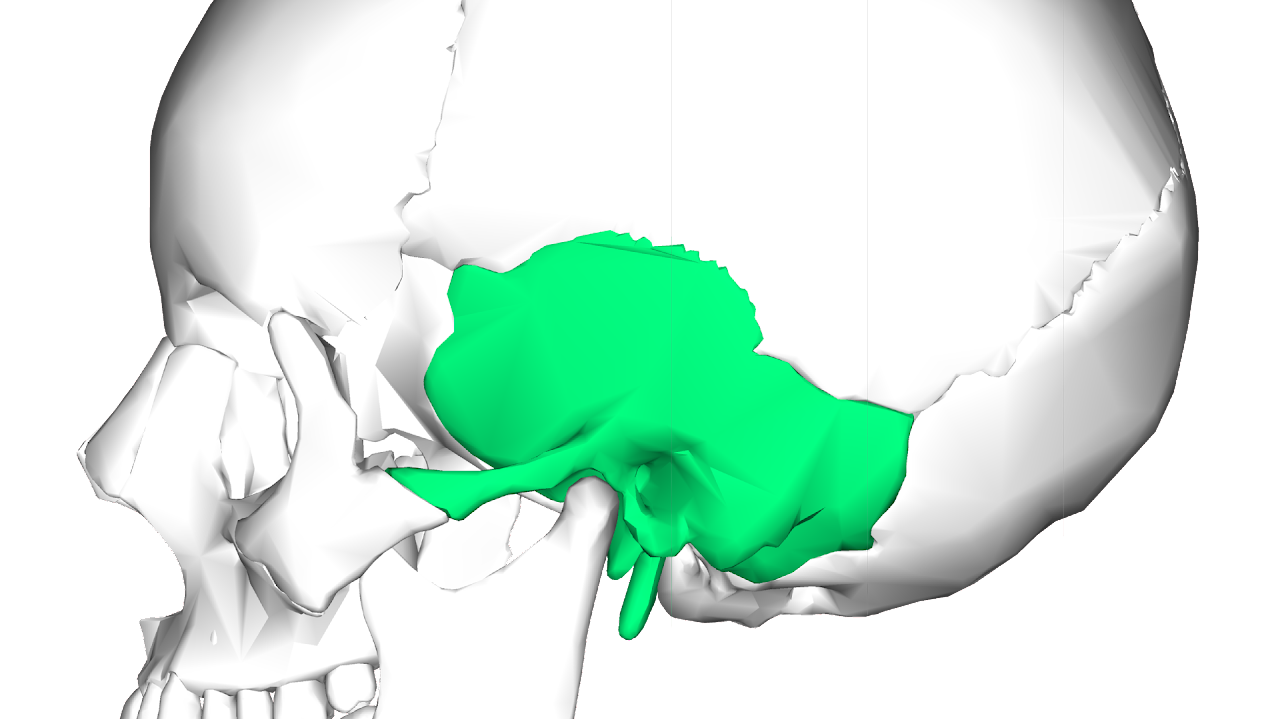We show that the RFU intensities read on STR profiles are systematically higher in experiments using DNA extracted from petrous bones rather than teeth. For this reason, we were more likely to obtain a complete STR profile from petrous bone material, increasing the chance of identification in a forensic setting. Histological analyses revealed peculiar microstructural characteristics (tissue organization), unique to the petrous bone, that might explain the good preservation of DNA in that substrate. Therefore, it appears that despite the necessity of analysing longer fragments in forensic STR typing compared to NGS palaeogenomics, the use of petrous bones in forensic genetics could prove valuable, especially in cases involving infants, toothless individuals or very degraded skeletal remains.
Informations Pratiques
Institut de Médecine Légale
11, Rue Humann - 67085 Strasbourg
03 68 85 33 63
contact@iml-strasbourg.fr
8h30 - 12h et 13h - 17h du lundi au vendredi


